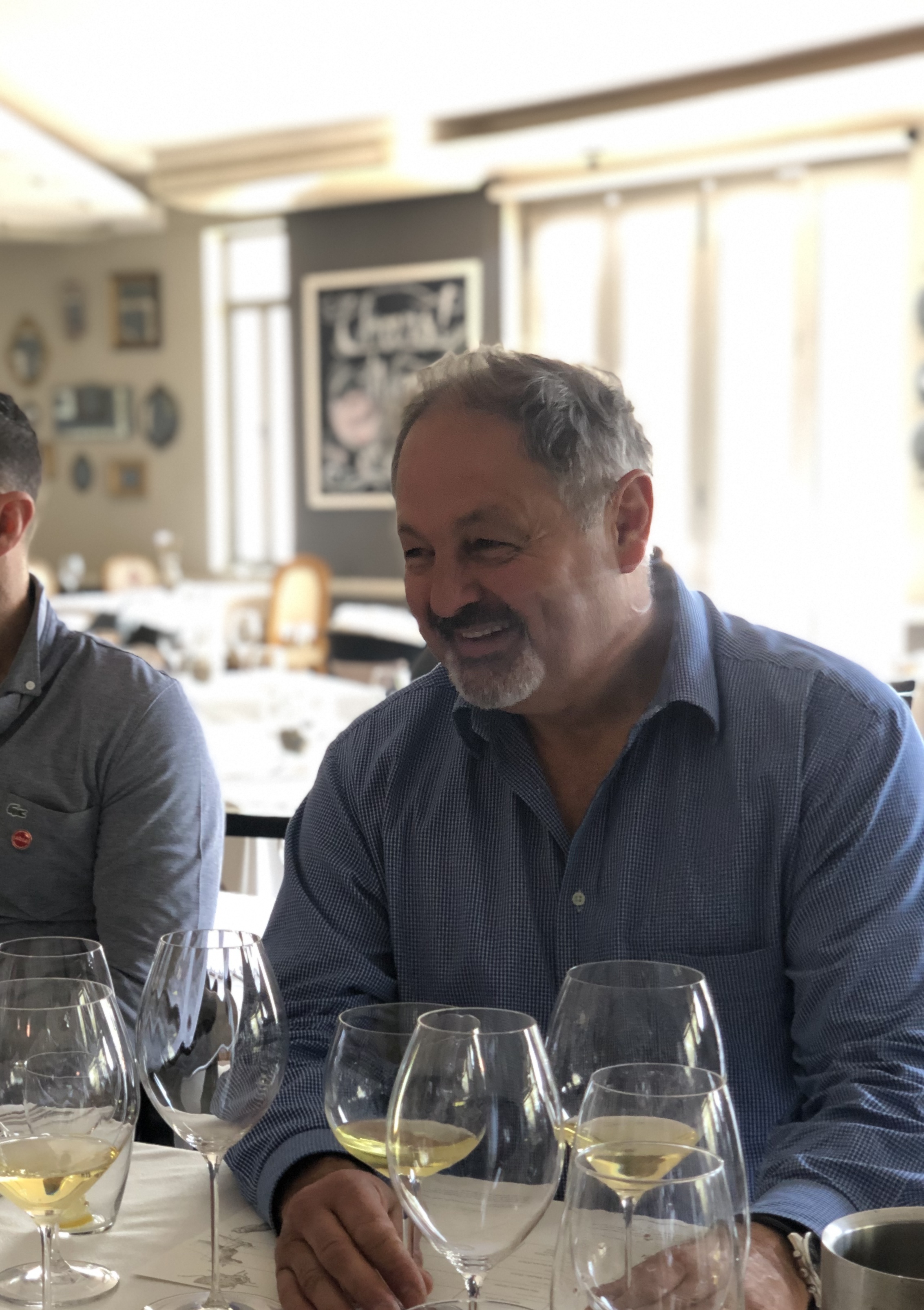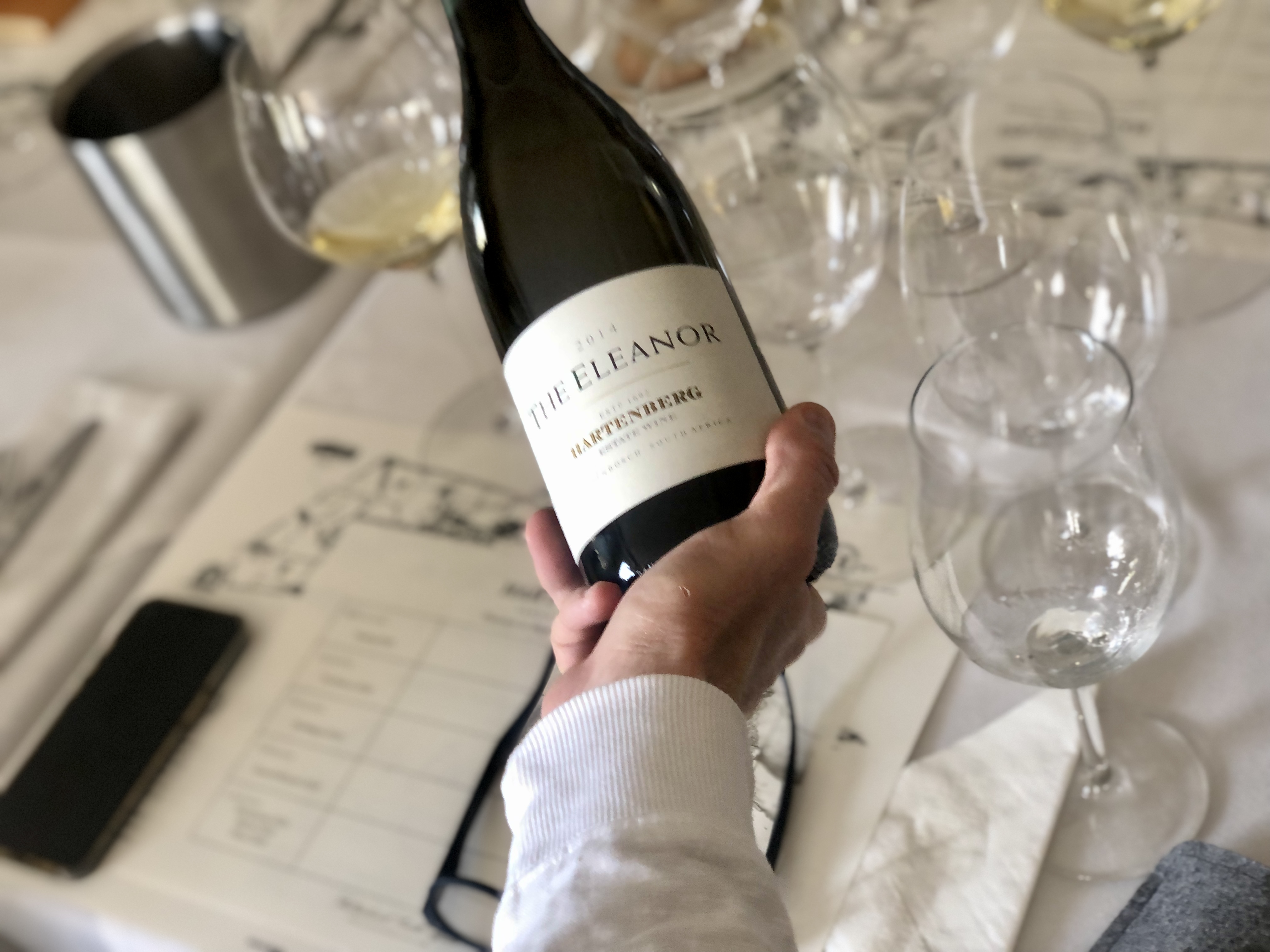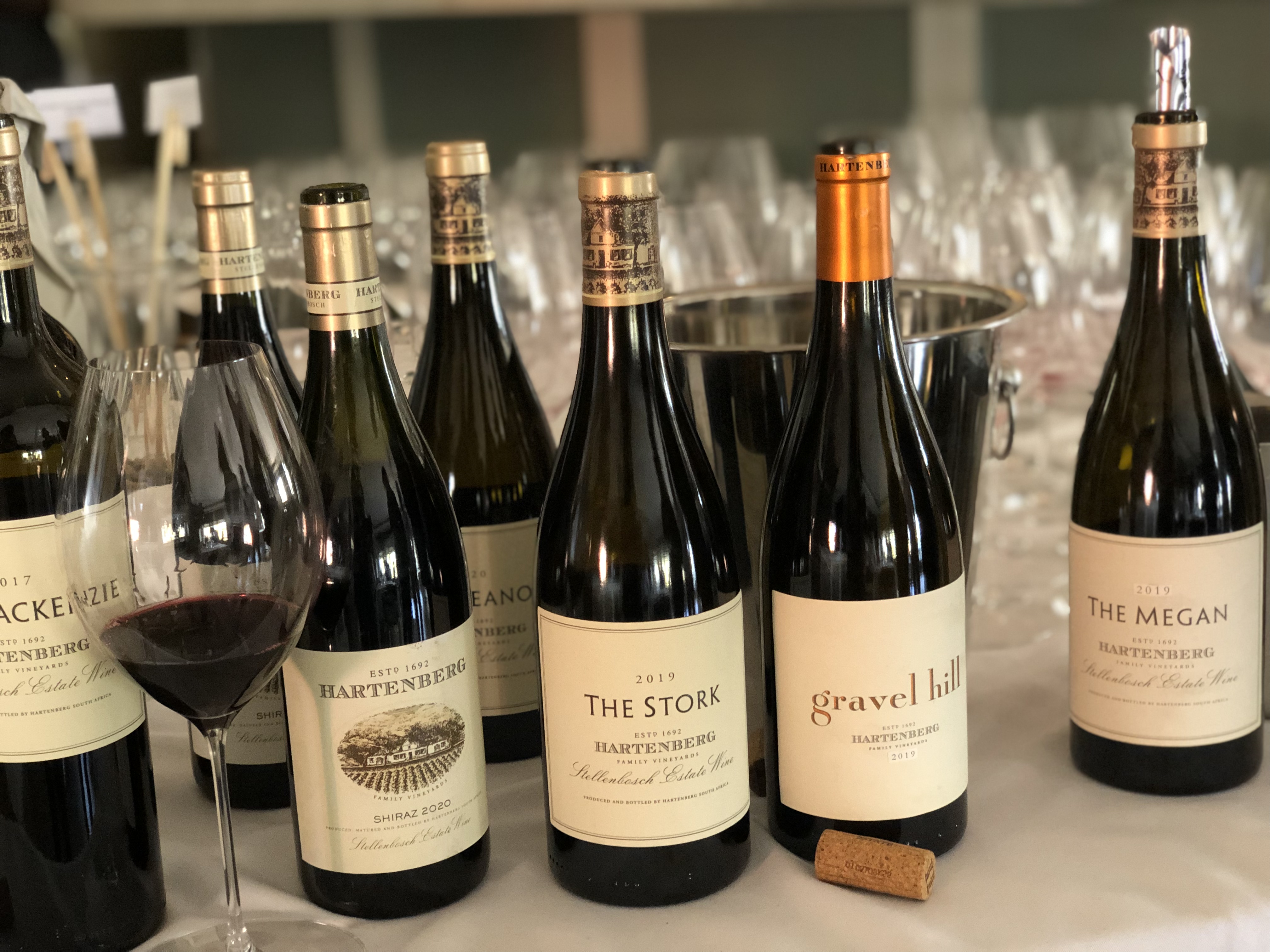Taking the Regenerative Risk
“The catchphrase is ‘to adapt’,” Carl Schultz explains.
Carl Schultz’s history at Hartenberg began with his appointment as the estate’s winemaker in 1994. He previously worked at Simonsig. He subsequently became a director of Hartenberg in 1996 and was invited to join the Cape Winemaker’s Guild. This year his 2021 Hartenberg CWG Auction Cabernet Sauvignon 2021 is expected to celebrate the estate’s Stellenbosch terroir at the 2023 Nedbank Cape Winemakers Guild Auction and has a long list of accolades that have been collected for his wines over the years.

Alongside Carl, Patrick Mgamane has been winemaker since 2000, Oscar Robyn has been the assistant winemaker and bottling and labelling manager since 2001 and Wilhelm Joubert has been the viticulturist since 2006 – a team that has stood the test of time.
Historically, Hartenberg’s wines were marketed under the Montagne label under the proprietorship of Dr Maurice Finlayson and Eleanor Finlayson. Eleanor was renowned for her prolific tenure at the estate, which included ploughing the property with her Peugeot, which Carl describes as ‘farming a la Eleanor’.
Named after Eleanor, the Hartenberg Eleanor Chardonnay is made from estate grapes. Signature descriptors include yellow citrus and sherbet characteristics.

The Finlayson’s lore in South African wine is significant, as they were the parents of storied winemakers Peter and Walter Finlayson at Bouchard Finlayson and Glen Carlou, respectively, as well as the grandparents whose history preceded Edgebaston, Creation, Crystallum and David Finlayson wines.
While Hartenberg’s history is dynamic and noteworthy, Hartenberg remains committed to the future of the planet, having adapted to regenerative agricultural practices.
“We have a responsibility to conserve and preserve,” Carl explains, citing multiple species of birdlife and wildlife, which call Hartenberg home, including 40 individual duikers, alongside cheetah and other animals.
The first few rows of vineyard are protected by net to protect the berries from the animals that are enticed by them.
Hartenberg’s viticulturist, Wilhelm was a driving force behind the introduction of regenerative agricultural practices to the estate.
One of these initiatives included introducing cattle to the property in 2017, largely to fallow lands and areas that had been kept tidy with implements. The cattle were introduced to other parts of the property, including the vineyards due to their positive effects on plant and soil health. The practice, known as high density, controlled grazing is designed to consider plant recovery, to prevent overgrazing and to promote soil health and microbe levels. The positive effects of the cow hooves, saliva, grazing, manure and urine on soil health was deemed to be in line with other farming philosophies at Hartenberg.
Many of these philosophies were in effect from the Mackenzie family’s acquisition in 1986 and fed into other ways of living and working at the farm.
“The 190ha estate has a central, indigenous wetland with about 85ha of vineyards,” Carl says. Carl explains that the safeguarding and restoration of 65ha of wetland, the use of biological pest control in lieu of pesticides and composting form part of their regenerative practices.
The improvement of agricultural practices at the property in Stellenbosch’s Bottelary Hills has furthermore extended to the upliftment of people and the community.
Megan Mackenzie, after whom The Megan, a Rhône style blend is named, sowed the seeds for the Mackenzie family to purchase the property.
The initial, 2016 vintage of The Megan was comprised of 85% Shiraz, 12% Grenache and 3% Mourvedre. The 2019 release is comprised of 65% Grenache and 35% Syrah.
Carl says: “The Megan 2019 is our version of Southern Rhone and the Chateauneuf-du-Pape wines. We’ve wanted to make a Grenache-led wine for 15 years and it took all of a decade to find the right channels. The Grenache is the only bush vine planting on the estate, which we planted ten years ago. It is a big risk variety.”

At Hartenberg, big risks have been taken throughout the estate’s history and as we know, with big risk, comes big reward. These have included the first estate Shiraz, which was bottled in 1968, but today, Shiraz is synonymous with this farm, having been one of the first to produce wines from this variety in South Africa.
The 11 different soil types on the estate will likely pepper stories about how the current generation of viticulturists and the cellar team farmed for the future, and how they embodied the catchphrase: ‘to adapt’.
- Tshepang Molisana